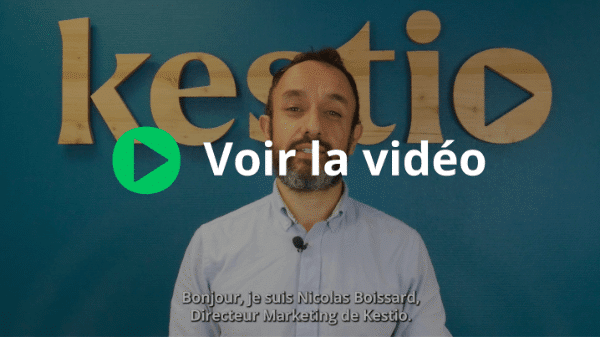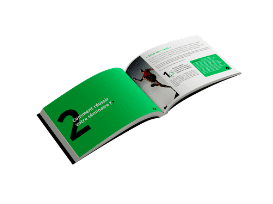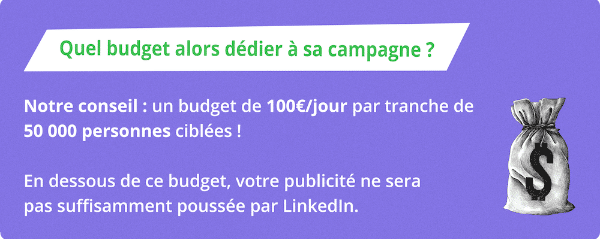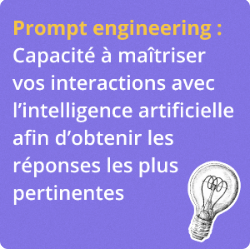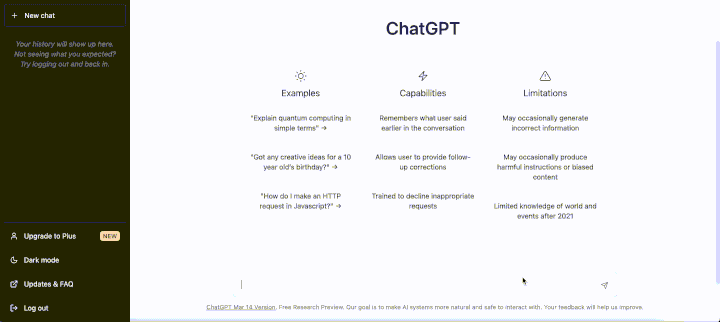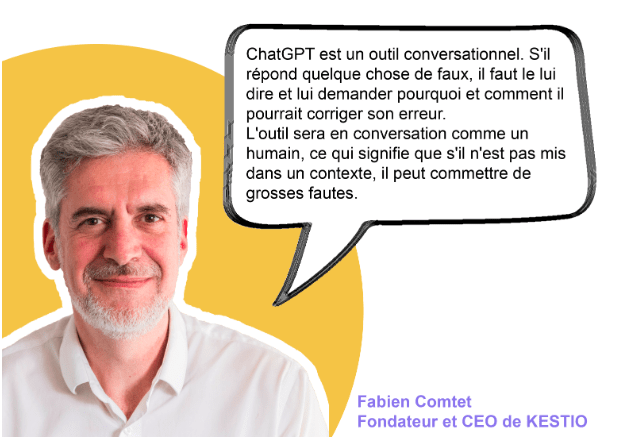Marketing automation to increase your sales... while reducing your expenses!
Companies using marketing automation solutions see an average increase of 14.5% in their sales, while observing a 12% decrease in their marketing expenses.
Marketing automation can be a key asset for your productivity!
What is marketing automation?
Marketing automation refers to the methods and tools used to automate repetitive marketing tasks and to manage campaigns more efficiently and in a personalized way.
With a marketing automation solution, you can ensure that your campaigns are triggered by specific prospect or customer behavior and are tailored to their needs!
This can include actions such as:
- The automatic sending of personalized emails based on the stage of your prospect's purchasing journey 📧
-
- Automated advertising campaign management 📰
-
- Segmentation and scoring of your prospect and customer base according to qualification criteria 👥
-
- The automatic transmission of your warm leads to your sales team 📞
In summary, marketing automation allows you to create more personalized, effective, and consistent marketing experiences for your prospects and customers, while enabling more efficient campaign management!
Today, we are sharing 4 steps to follow to initiate a marketing automation approach in your organization!
*Invesp, 2023
STEP #1 - Define your campaign objective
To ensure the success of your marketing automation campaign, first make sure that it aligns well with your overall marketing strategy and that it is not an isolated action.
The objective of your marketing automation operation must be clearly identified and consistent with your other marketing objectives.
To define it, use the SMART method. Your goal must be:
- Specific 🎯
- Measurable 📐
- Achievable ✊
- Realistic ⚒️
- Defined in time ⏱️
Let's take an example!
Your SMART objective for a marketing automation campaign will be:
increase the number of qualified leads by 20% over the next three months thanks to an email nurturing campaign.
To help you determine your SMART objective for your marketing automation campaign, we are sharing our dedicated template!
Download and complete it to ensure your campaign meets every success criterion.
KEY #2 - Segment your database
The second key to using marketing automation in your interactions with prospects is to segment your database.
This step involves defining your targets and segmenting them according to different criteria to send them personalized messages tailored to their needs and preferences.
1/ Identify and analyze the behaviors of customers and prospects 🔍
Analyzing the behavior of customers and prospects is a crucial first step in segmenting the database. It allows you to understand their needs, motivations, and expectations.
This analysis can be based on demographic data such as profession, type of structure, company size, or sector of activity. It can also take into account behavioral data such as purchasing habits, areas of interest, interactions with your company, etc.
2/ Create personas to personalize messages 👩🏻💼
Once you have identified the different profiles of your customers and prospects, you can create personas, which are fictional characters representing each profile.
These personas will help you personalize the messages you send to your targets based on their needs and preferences. Personas can be used to tailor the content of your communications.
3/ Segment based on needs and behaviors 🎯
Behavioral criteria are particularly useful for segmenting the database in marketing automation.
They take into account the actions that customers and prospects have taken on your website, on social networks, by e-mail or other communication channels.
To learn more about targeting your audiences, you can watch our webinar on the subject. Click on the button below!
KEY #3 - Create scenarios and workflows
Once you have segmented your database, it is important to create scenarios and workflows for each category of prospects and clients identified.
This step involves establishing an action plan for each of these segments and addressing the behaviors and issues of the previously identified targets.
Scenarios should be composed of several sequences of events that will guide your prospects towards conversion. It is recommended to start with simple scenarios and not multiply the steps and content, in order to properly control the conversion cycle.
To help you build these scenarios, it is recommended to create workflows. Workflows are sets of automated actions triggered by one or more actions of your prospects. A workflow systematically consists of a trigger and conditions.
In summary, creating scenarios and workflows is essential for automating your marketing actions. This will allow you to guide your prospects towards conversion in a personalized and effective manner.
If you would like assistance in creating your first scenarios and workflows, click on the button below for a 30-minute session with Nicolas Boissard, Marketing Director of KESTIO.








